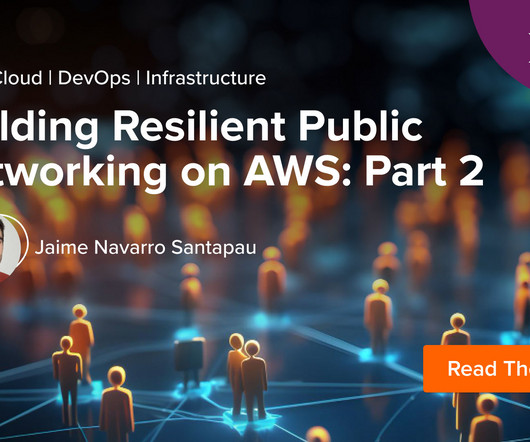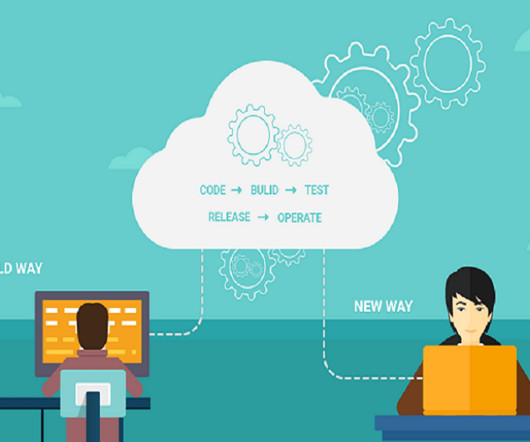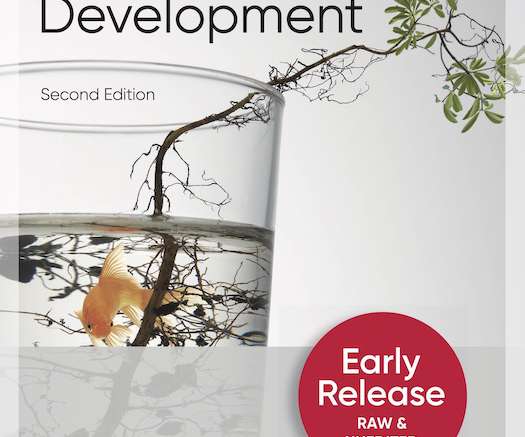Building Resilient Public Networking on AWS: Part 2
Xebia
JANUARY 18, 2024
Fargate Cluster: Establishes the Elastic Container Service (ECS) in AWS, providing a scalable and serverless container execution environment. Public Application Load Balancer (ALB): Establishes an ALB, integrating the previous SSL/TLS certificate for enhanced security. subdomain-2.subdomain-1.cloudns.ph]




















Let's personalize your content